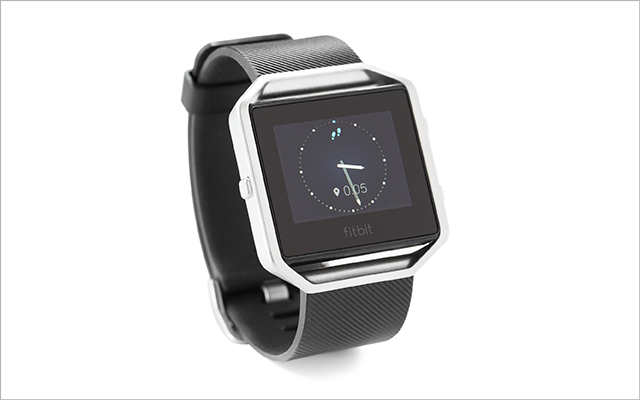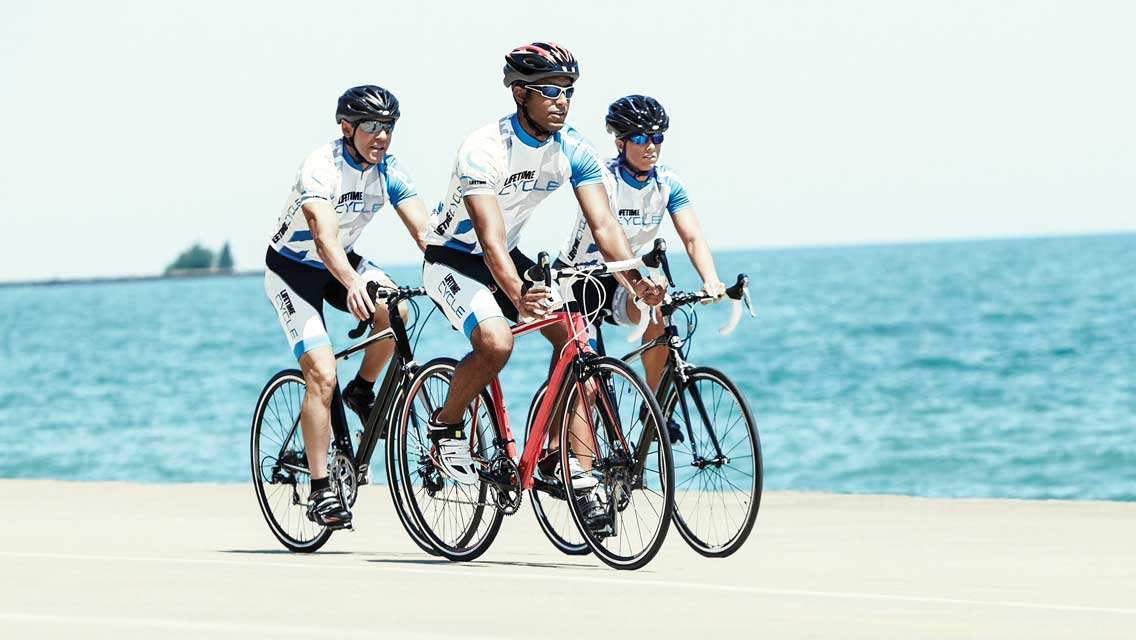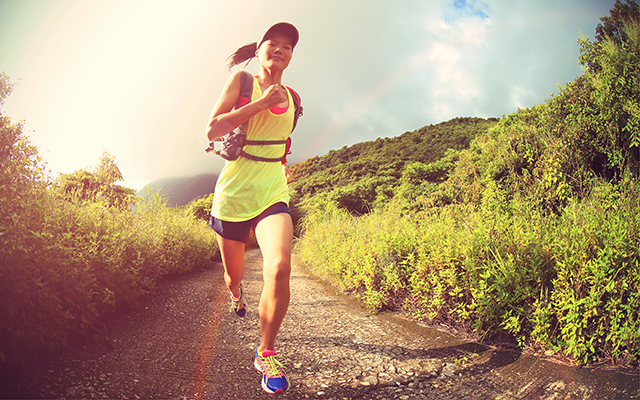Don’t mess with your running stride.
That’s the message of a new study by 2016 U.S. Olympian Jared Ward and USA Track and Field consultant Iain Hunter, PhD, both professors at Brigham Young University.
They measured the energy use of 19 experienced and 14 novice runners on a treadmill with a computer-based metronome using five different strides during a 20-minute run, as described in the study published in the International Journal of Exercise Science. They found that all the runners were the most efficient when using their natural, preferred stride.
“Runners appear to naturally select a stride length which is optimal for minimizing oxygen uptake,” they noted in the study.
“Many people are advocating for various ‘optimal’ running forms, but this study shows even novice runners shouldn’t try to run any different than their body naturally does,” explains Ward.
“Just let it happen; it doesn’t need to be coached,” says Hunter. “Your body is your best coach for stride length.”
Here are some key insights quoted from the study:
“Coaches and athletes often try to manipulate running technique to improve performance. Since experienced runners self-regulate stride length to optimize economy, changing stride lengths will likely result in a greater metabolic cost.”
“If self-economization of stride length is based upon musculoskeletal factors, inexperienced runners should also be able to select their own preferred stride length without modification.”
“As an inexperienced runner becomes experienced, changes may occur in endurance capacities, running economy, body weight, body composition, muscle strength, and muscle power. Thus, over time, changes in stride length may occur. However, at any point of the spectrum from inexperienced to experienced, the chosen stride length is probably ideal for economy.”
“When maximizing running speed over short distances is the main concern, runners may choose to sacrifice some economy to increase top speed. This study only investigated relatively slow running speeds. More consideration and experimentation should be completed to determine how to optimize technique for maximizing running speed.”




This Post Has 0 Comments